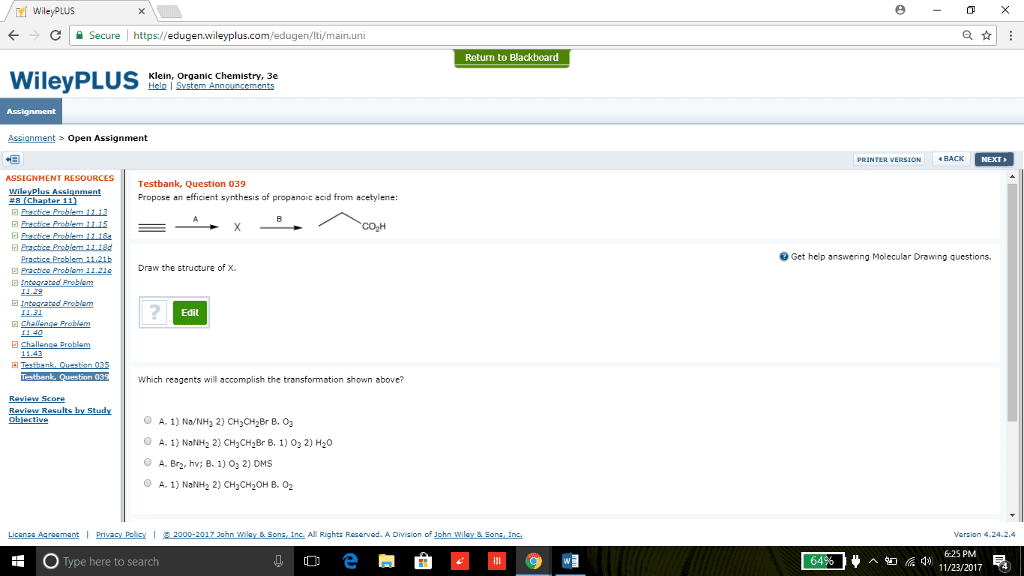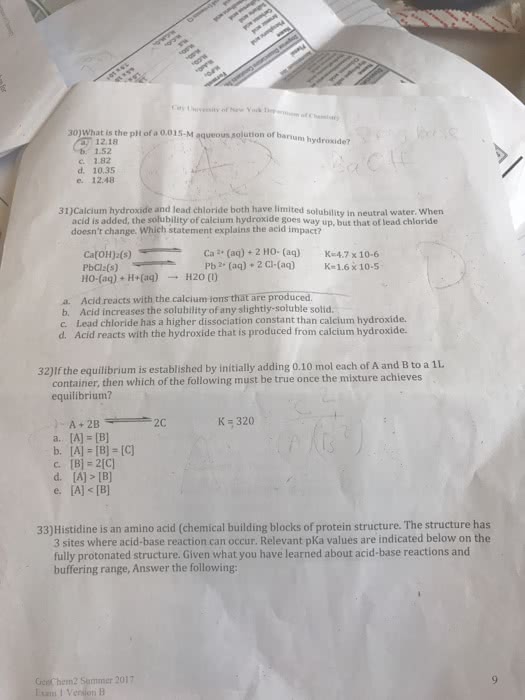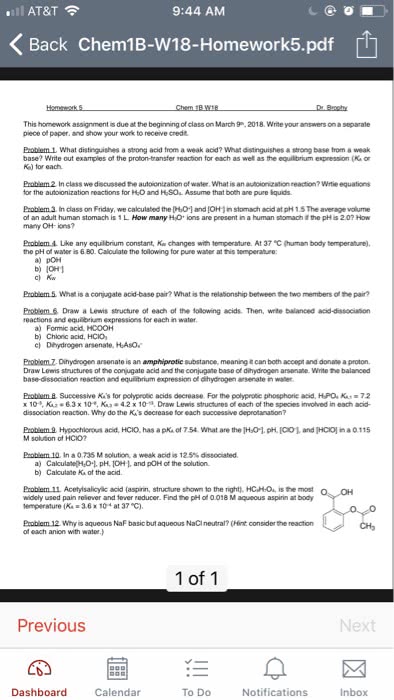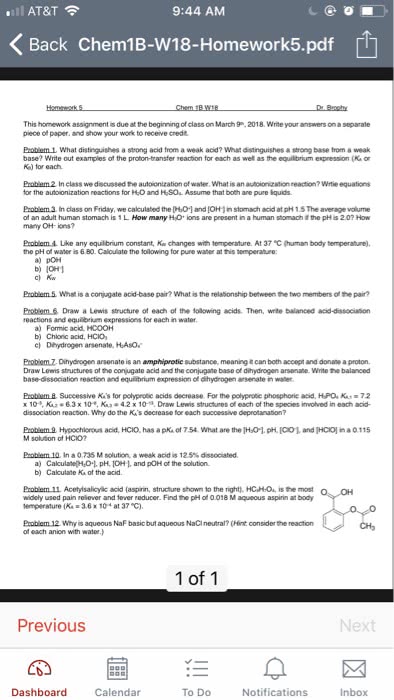CHEM 1B Lecture 6: Lecture 6 Thermodynamics
Document Summary
Audio recording started: 2:03 pm monday, january 23, 2017. Measuring h for chemical reactions: constant p calorimetry. Aqueous reactions: open to the atmosphere e. g. acid-base neutralization. Acid +base --> salt + water (a system) h qsoln (joules) = msoln (mass; g) cs,soln (heat capacity)t (change in temp) qr = -qsoln qr + qsoln = 0 qr = hr. Enthalpy changed associated with particular reaction; change reaction, change hr. Multiply chemical equation by a factor, multiply h by same factor i. b/c h is an extensive property. Reverse chemical equation, h changes sign i. b/c h is a state function. Hess"s law: enthalpy change for a step wise process is the sum of the enthalpy changes of the steps. If a chemical equation can be expressed as sum of steps, overall. Energy is required to break chemical bongs i. e. endothermic. Bond enthalpy, h : strength of a chemical bond. Bond enthalpy, hb: strength of a chemical bond.





